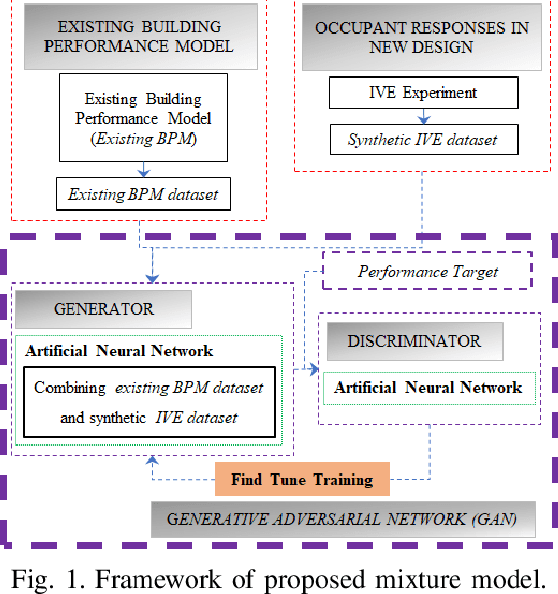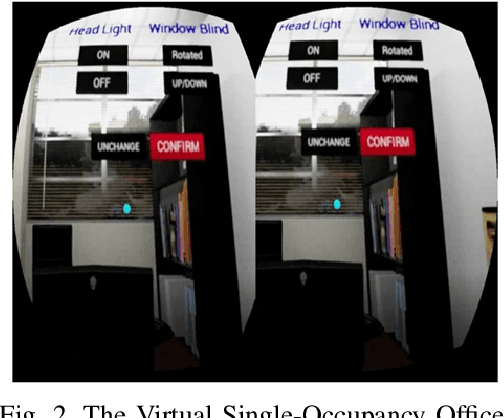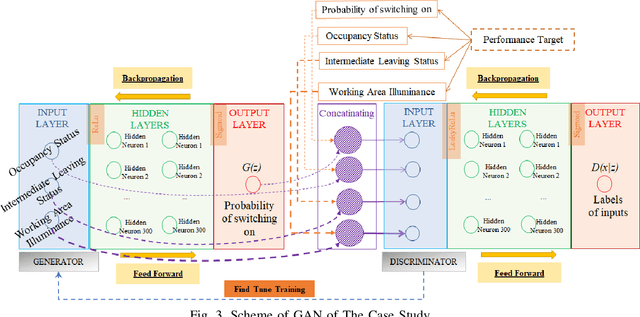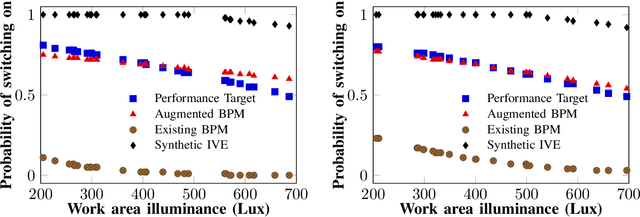Improving Prediction Accuracy in Building Performance Models Using Generative Adversarial Networks (GANs)
Paper and Code
Jun 14, 2019



Building performance discrepancies between building design and operation are one of the causes that lead many new designs fail to achieve their goals and objectives. One of main factors contributing to the discrepancy is occupant behaviors. Occupants responding to a new design are influenced by several factors. Existing building performance models (BPMs) ignore or partially address those factors (called contextual factors) while developing BPMs. To potentially reduce the discrepancies and improve the prediction accuracy of BPMs, this paper proposes a computational framework for learning mixture models by using Generative Adversarial Networks (GANs) that appropriately combining existing BPMs with knowledge on occupant behaviors to contextual factors in new designs. Immersive virtual environments (IVEs) experiments are used to acquire data on such behaviors. Performance targets are used to guide appropriate combination of existing BPMs with knowledge on occupant behaviors. The resulting model obtained is called an augmented BPM. Two different experiments related to occupant lighting behaviors are shown as case study. The results reveal that augmented BPMs significantly outperformed existing BPMs with respect to achieving specified performance targets. The case study confirms the potential of the computational framework for improving prediction accuracy of BPMs during design.
 Add to Chrome
Add to Chrome Add to Firefox
Add to Firefox Add to Edge
Add to Edge